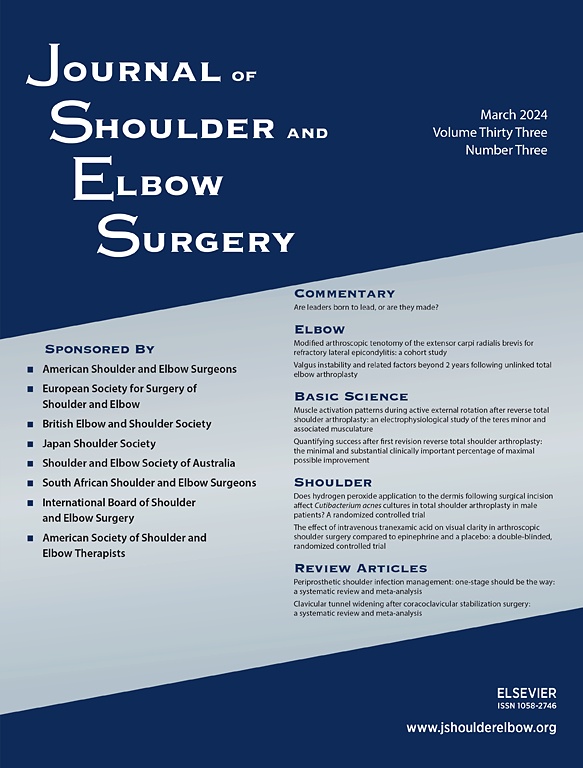
3D Printed Patient-Specific Glenoid Drill Vs Non-Specific Instrumentation for TSA

3D Printed Patient-Specific Glenoid Drill Vs Non-Specific Instrumentation for TSA
3-dimensionally printed patient-specific glenoid drill guides vs. standard nonspecific instrumentation: a randomized controlled trial comparing the accuracy of glenoid component placement in anatomic total shoulder arthroplasty.
J Shoulder Elbow Surg . 2024 Feb;33(2):223-233.Did you know you're eligible to earn 0.5 CME credits for reading this report? Click Here
Synopsis
Forty patients with shoulder conditions were randomized to receive either a 3D-printed patient-specific glenoid drill guide (n=20) or standard nonspecific instrumentation (n=20). The primary outcome of interest was the accuracy of glenoid component placement, measured by deviation from the preoperative 3D templating plan. Secondary outcomes included version correction, inclination correction, and ...
To view the full content, login to your account,
or start your 30-day FREE Trial today.
FREE TRIAL
LOGIN
Forgot Password?
Explore some of our unlocked ACE Reports below!

Learn about our AI Driven
High Impact Search Feature
Our AI driven High Impact metric calculates the impact an article will have by considering both the publishing journal and the content of the article itself. Built using the latest advances in natural language processing, OE High Impact predicts an article’s future number of citations better than impact factor alone.
Continue



 LOGIN
LOGIN

Join the Conversation
Please Login or Join to leave comments.